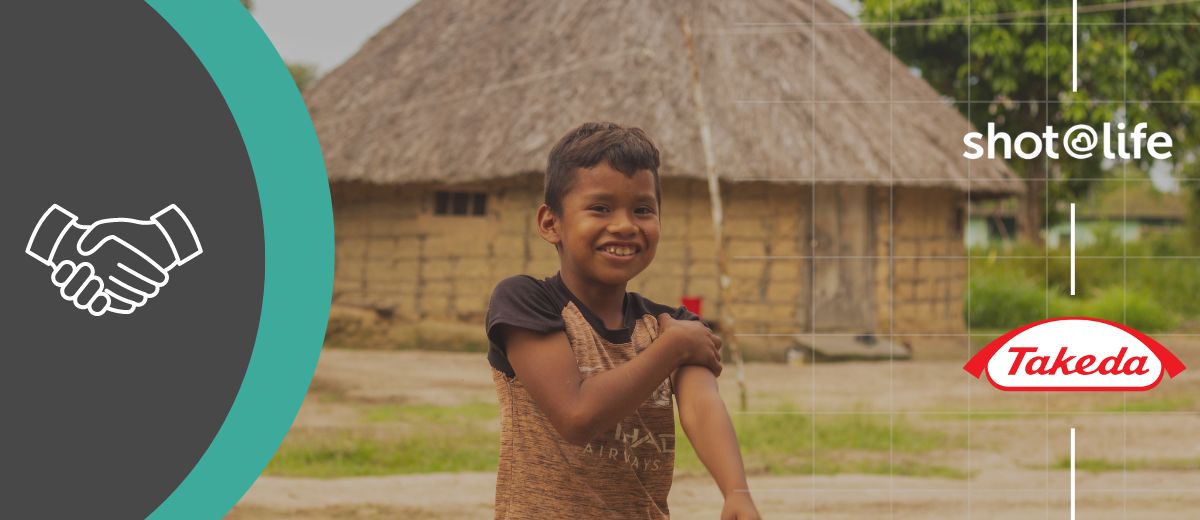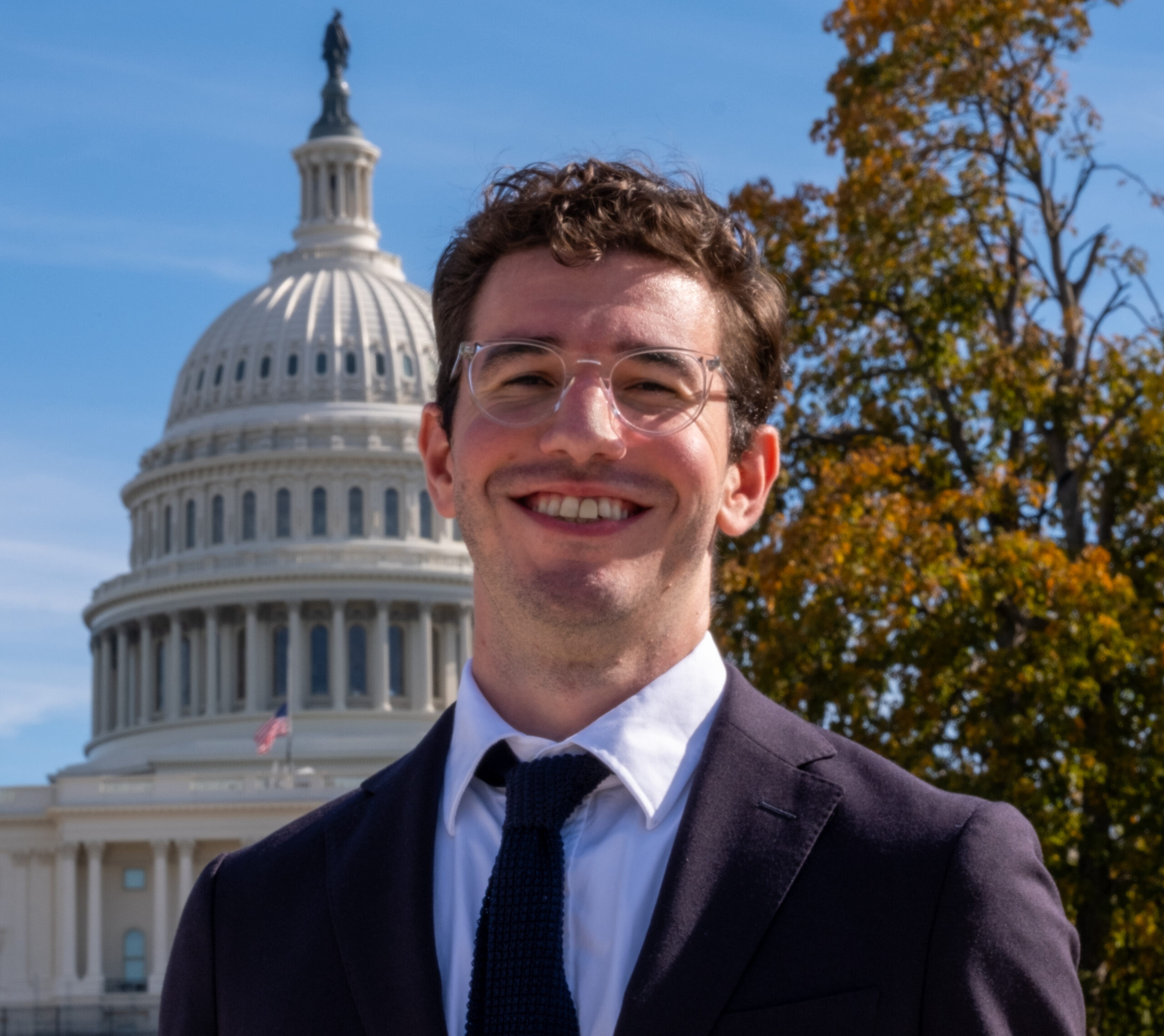Recovering Measles Vaccination Rates through Persistence and Partnership
New data from WHO and UNICEF show a worrying decline in measles vaccination rates. Partnerships across regions and sectors will be critical to reversing this trend.

The latest immunization data from UNICEF and the World Health Organization (WHO) show vaccination rates bouncing back in many places following declines driven by the COVID-19 pandemic and related disruptions. But the recovery has been uneven. Not all countries have gotten immunization back to pre-pandemic levels, and progress varies by disease. In particular, measles vaccination rates have not recovered as well as other diseases—a serious concern given measles is one of the most contagious diseases and one of the deadliest to children.
The consequences of failing to get measles vaccination campaigns back on track are already becoming apparent. There have been significant measles outbreaks around the world, including in 10 countries where the disease had been eliminated. The Centers for Disease Control and Prevention (CDC) has taken the step of issuing a health alert urging Americans to make sure they are vaccinated against measles before traveling abroad, with some 38 active outbreaks and global cities long considered measles-free increasingly at risk of significant outbreaks.
While measles outbreaks can occur anywhere vaccination rates fall below 95%, considered the threshold for “herd immunity,” measles preys upon and compounds existing inequities. The risk of outbreaks and burden of death is greatest in low-income countries where already under-resourced health systems have been severely strained by the pandemic and access to basic medical care is often limited.
Against this backdrop, it is imperative that we redouble our efforts to overcome the logistical and resourcing challenges to measles vaccination and get immunization programs back on track. We must ensure countries have enough doses of the measles vaccine to protect their children. We must see to it that the technology and logistics to deliver vaccines at the appropriate temperature are in place. We must invest in a healthcare workforce that has struggled with pandemic-era burnout and inadequate pay.
The importance of partnership
Shot@Life’s partners, including WHO, UNICEF, and Gavi, the Vaccine Alliance, are working to tackle these challenges and ensure vaccines are not only available, but can actually reach those who need them. And they are not alone. Through our partnership with Takeda Pharmaceutical Company Limited, measles vaccines have reached more than 4.5 million children in 28 countries, including in some of the hardest-to-reach communities. By 2026, the partnership aims to vaccinate more than 5.4 million children – more people than live in Los Angeles.
The challenges to measles vaccination are real, and the setbacks caused by the pandemic were significant. But we have the ability to recover lost progress, prevent deadly outbreaks, and protect all children against measles—regardless of where they live—if we work together. As the success of this partnership shows, when all sectors of a society step up, the impact can be truly lifesaving.


